Table of Contents
- What in the World Is a Scoville Unit Anyway?
- Pepper Rankings: From Mild Mannered to Nuclear Meltdown
- Survival Tips for Spice Lovers (and the Slightly Insane)
- Heat Hacks: Cooling Down Without Losing Face
- Scoville Science: How Do We Even Measure This Stuff?
- From Kitchen to Combat Boots: Creative Uses for Hot Peppers
- Myth Busting: Does Milk Help? Will You Melt?
- The Psychology of Heat: Why We Love the Burn
- Frequently Asked Questions
- Conclusion: Know Your Heat Limit (and Respect It)
What in the World Is a Scoville Unit Anyway?
If you've ever taken one bite of a ghost pepper and wondered if your soul was trying to exit through your mouth, you've felt the wrath of Scoville units firsthand.
Back in 1912, Wilbur Scoville (probably after a particularly spicy lunch) quantified how much pain we endure for flavor. He created the Scoville Organoleptic Test, diluting chili extract with sugar water until taste testers could no longer detect heat.
A Scoville unit represents the dilution factor required to neutralize capsaicin's burn. Higher numbers mean spicier peppers—and more tears shed.

Modern Methods: Bye-Bye Taste Testers, Hello Chemistry
Thankfully, we no longer subject humans to pepper tasting. High-performance liquid chromatography (HPLC) now precisely measures capsaicin levels, converting data into reliable Scoville Heat Units (SHU).
| Pepper | Scoville Units (SHU) | Description |
|---|---|---|
| Bell Pepper | 0 SHU | Zero heat. Safe for babies, both literal and metaphorical. |
| Jalapeño | 2,500–8,000 SHU | Warm hug territory. Common in nachos and questionable life choices. |
| Hatch Green Chile | 2,500–5,000 SHU | Versatile and delicious. Perfect for roasting and putting in everything. |
| Habanero | 100,000–350,000 SHU | Fruit-forward fireball. Handle with gloves and caution. |
| Ghost Pepper (Bhut Jolokia) | ~1,000,000 SHU | A face punch disguised as a fruit. Not for the faint of heart. |
| Carolina Reaper | 1,400,000–2,200,000 SHU | Officially the world's hottest pepper. Bring a fire extinguisher. |
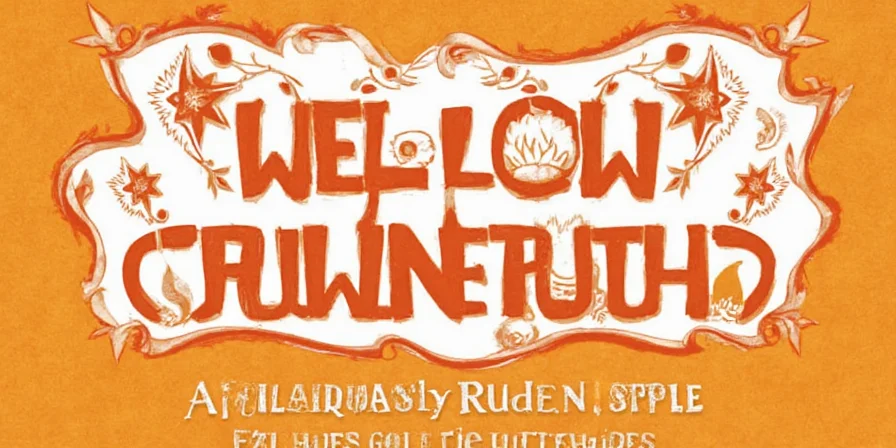
Survival Tips for Spice Lovers (and the Slightly Insane)
- Know thyself: Don't dive into ghost pepper territory if you cry at medium salsa.
- Wear gloves: Capsaicin transfers easily. Protect your skin during handling.
- Start slow: Build tolerance gradually—like training for a marathon with your tongue.
- Milk > Water: Capsaicin is fat-soluble. Dairy neutralizes burn; water spreads misery.
- Don't touch your face: Avoid contact with eyes, nose, or sensitive areas post-handling.
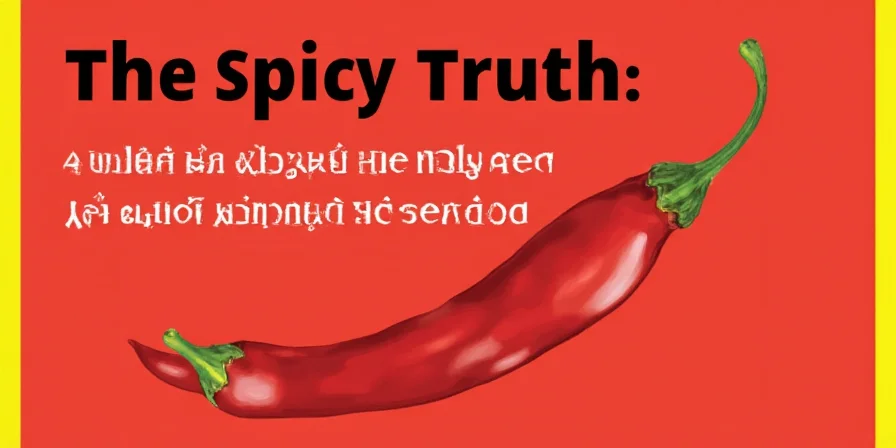
Heat Hacks: Cooling Down Without Losing Face
You took the bite. You regretted it instantly. Here's how to recover with dignity:
- Dairy rescue: Milk, sour cream, or plain yogurt soothe burns effectively.
- Sugar rush: A teaspoon of sugar neutralizes heat when dairy isn't available.
- Stay calm: Deep breathing reduces panic—death is unlikely from culinary spice.
- Cool your hands: Run under cold water or hold ice cubes if capsaicin contact occurs.
- Rinse with oil: Gargle coconut oil to dissolve mouth-bound capsaicin.
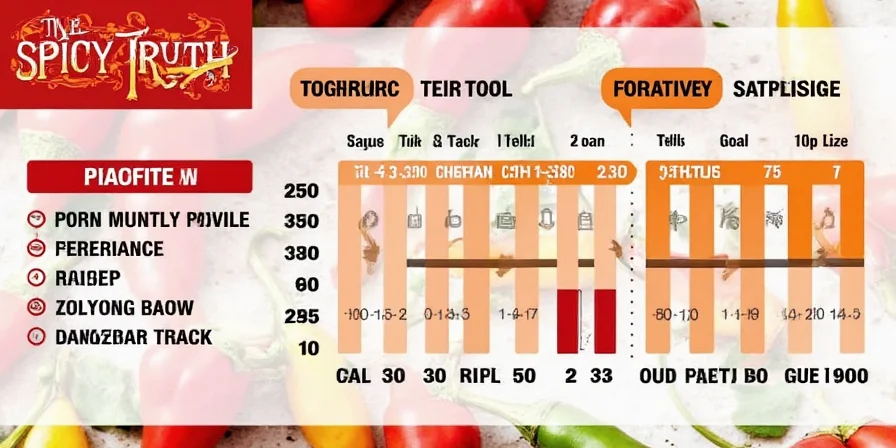
Scoville Science: How Do We Even Measure This Stuff?
Modern measurement relies on precision chemistry:
- HPLC Analysis: Separates capsaicinoids from pepper compounds for exact quantification.
- SHU Conversion: Lab data converts to Scoville units via standardized formulas.
- Practical Impact: Ensures accurate food labeling and prevents consumer safety issues.
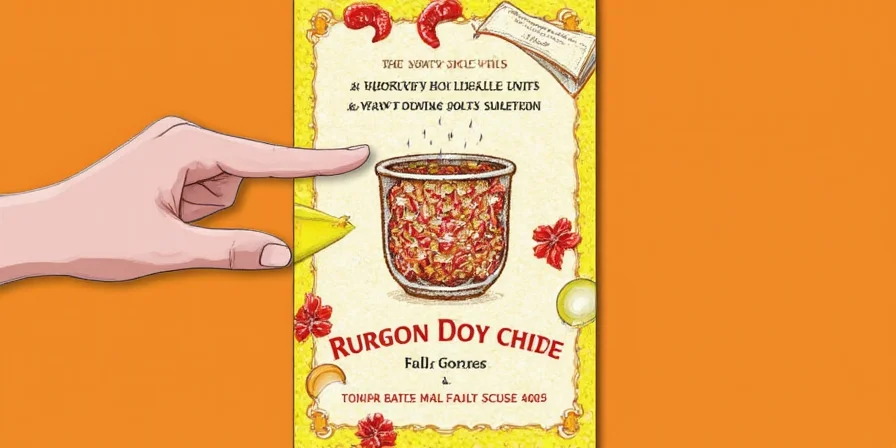
From Kitchen to Combat Boots: Creative Uses for Hot Peppers
Chili peppers extend far beyond culinary thrills:
- Regional hot sauces: Hundreds of global varieties reflect cultural identities.
- Topical pain relief: Capsaicin creams reduce arthritis and muscle pain.
- Eco-friendly pest control: Sprinkled flakes deter mammals without harming birds.
- Self-defense tools: Pepper spray leverages capsaicin's immediate deterrent effect.
- Artisanal snacks: Ghost pepper chips deliver controlled adrenaline rushes.

Myth Busting: Does Milk Help? Will You Melt?
Separating spicy fact from fiction:
- Myth: Water cools the burn.
False. Water disperses capsaicin. Dairy or oil-based solutions are required. - Myth: Spicy food damages stomachs.
Mostly false. It may irritate ulcers but generally aids digestion for healthy individuals. - Myth: Only extremists enjoy spicy food.
False. Endorphin release creates pleasurable sensations akin to exercise. - Myth: Heat perception is universal.
False. Genetics, gender, and exposure history significantly impact sensitivity.
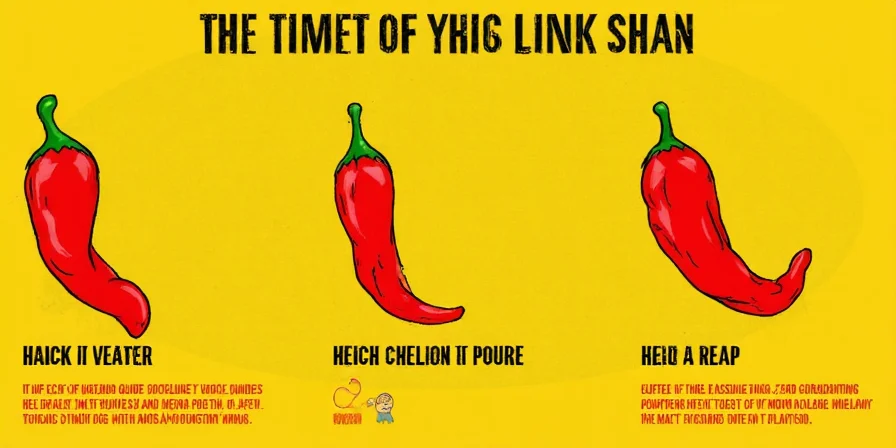
The Psychology of Heat: Why We Love the Burn
Capsaicin triggers pain receptors, causing the brain to release endorphins—a natural high similar to exercise euphoria. This biological reward system explains why spice enthusiasts seek increasingly intense experiences. Culturally, high heat tolerance often signifies community belonging in regions like Sichuan or Oaxaca, where spice levels mark culinary identity. Crucially, repeated exposure rewires pain perception: what feels unbearable today becomes manageable tomorrow through neurological adaptation. This transformative process turns novices into connoisseurs, transforming pain into pleasure through physiological resilience.
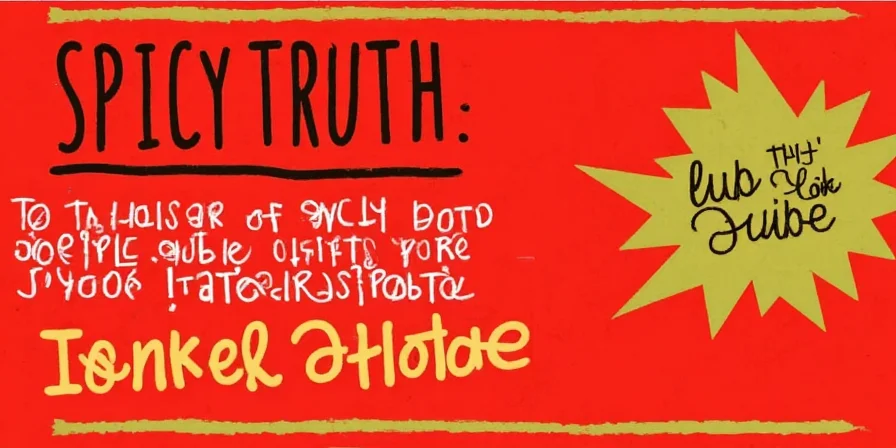
Frequently Asked Questions
What is the Scoville scale?
The Scoville scale quantifies chili pepper heat in Scoville Heat Units (SHU), measuring capsaicin concentration through laboratory analysis.
How can I measure pepper heat at home?
Accurate home measurement is impractical without lab equipment. Compare peppers cautiously against known references using tiny portions with immediate dairy backup.
Why does milk help with spicy food?
Milk's casein protein binds to fat-soluble capsaicin, washing it away more effectively than water-based solutions.
Can spicy food damage your stomach?
It generally doesn't harm healthy stomachs and may aid digestion, but can irritate ulcers or conditions like GERD. Consult medical professionals for pre-existing conditions.
What's the world's hottest pepper?
The Carolina Reaper holds the official record (1.4-2.2 million SHU), though new cultivars like Pepper X await verification.
Conclusion: Know Your Heat Limit (and Respect It)
Understanding Scoville units empowers safe exploration of spicy cuisine, whether you're a connoisseur or accidental jalapeño victim. This knowledge helps you select appropriate peppers, apply effective cooling techniques, and appreciate the cultural and psychological dimensions of heat.
Respect the science behind the burn: use measured experimentation to expand your palate while prioritizing safety. Remember that pepper heat is both a culinary tool and biological experience—master it through awareness, not recklessness.
Final Tip:
Always wash hands thoroughly after handling peppers. Your future self will thank you when vision and bodily functions remain intact.

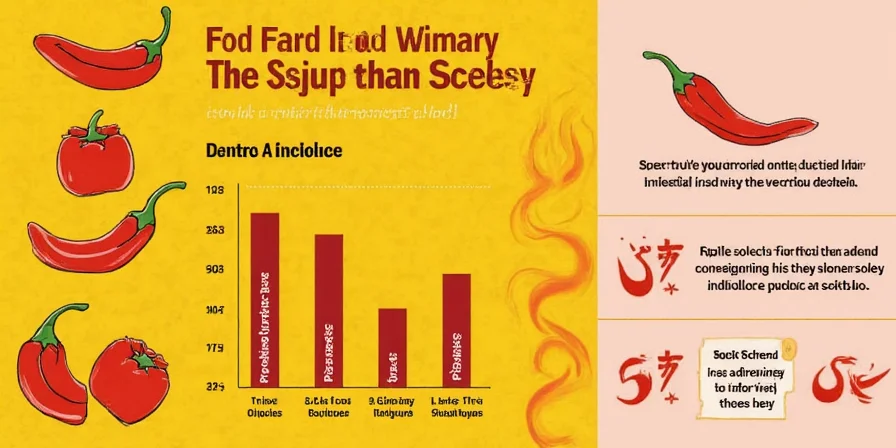









 浙公网安备
33010002000092号
浙公网安备
33010002000092号 浙B2-20120091-4
浙B2-20120091-4